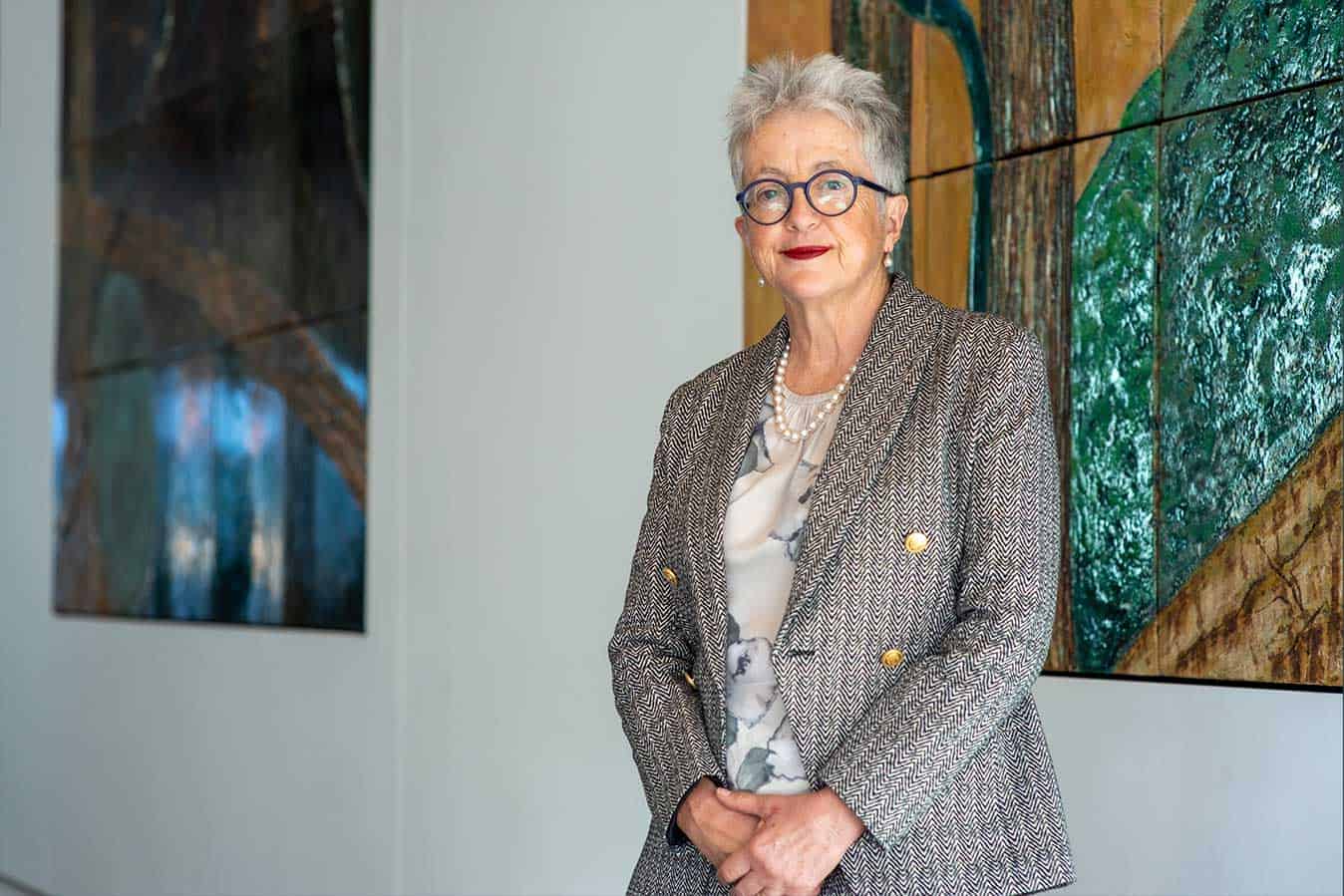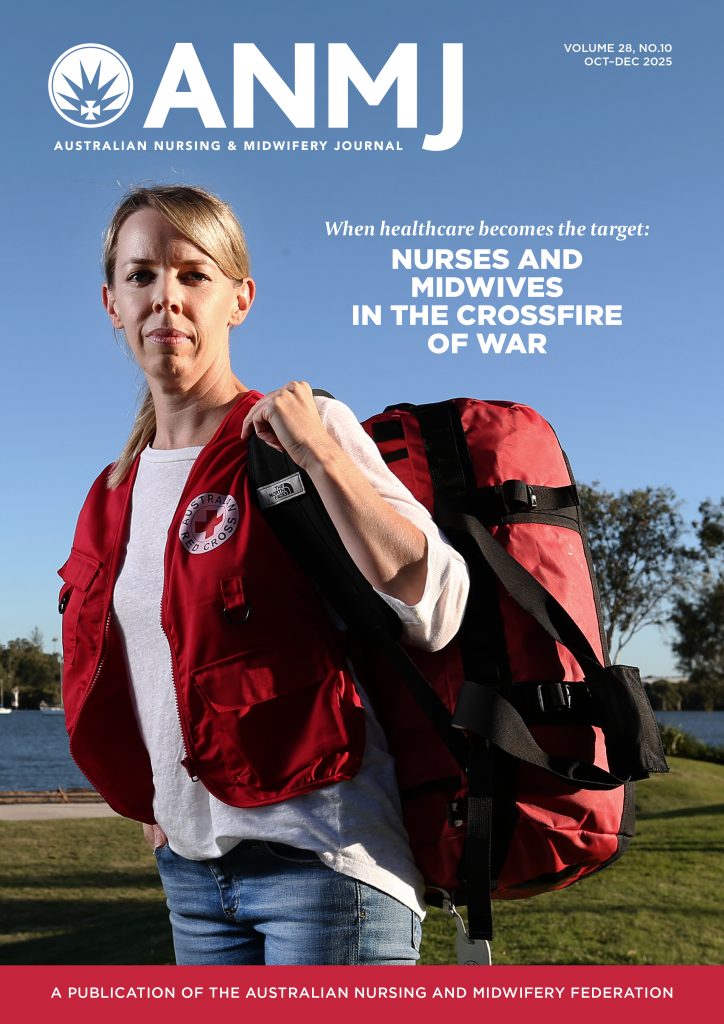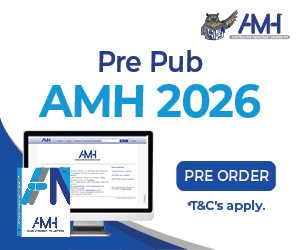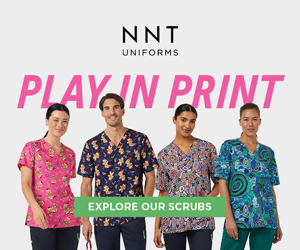Nurse practitioners from across the country gathered in Sydney last week for the Australian College of Nurse Practitioners’ (ACNP) National Conference 2022, themed Inspiring Future Growth for Nurse Practitioners and Advanced Practice.
Opening the conference, ACNP President Leanne Boase told over 300 delegates that membership numbers had recently soared past 1,500, the highest ever recorded by the organisation, leading to more recognition for the nurse practitioner role and its vital contribution to healthcare and how it is delivered across Australia.
Ms Boase said there was still a long way to go, however, particularly the finalisation of the Nurse Practitioner 10-Year Plan.
Looking ahead to Nurse Practitioner Week, celebrated each year on 12 December, and this year running under the theme ‘The Essential Difference’, Ms Boase said nurse practitioners were not just gap fillers and, instead, essential in healthcare.
“We are not an optional workforce in this country. We’re not a ‘oh if it’s convenient well get a nurse practitioner. We are an essential workforce. This is the language that we need used because this is the reality,” Ms Boase said.
“We are also a difference. We are different and that difference is important. We’re not one role trying to behave like another role. We’re not replacement doctors; we’re actually nurses and it’s that nursing background and education that actually makes us what we are and it makes us the amazing practitioners that we are. We need to continue to acknowledge that.”
NPs are not just ‘gap fillers’, we are essential in health care, we are different, we are safe, high quality, effective @acnp_national #npfuturegrowth
— Leanne Boase NP (@Leanne_Boase) October 13, 2022
Addressing delegates, Anne Robertson, NSW’s Acting Chief Nursing and Midwifery Officer, said nurse practitioners were poised for greater growth and activity nationally.
Recent natural disasters, such as bushfires and floods, along with the COVID-19 pandemic, have demonstrated the far-reaching value of NP’s, she said.
“Certainly, the pandemic and recent environmental emergencies, the floods and fires that so many of us have experienced, have revealed how adaptable and dynamic our nurse practitioner workforce can be, and needs to be.
“To enable this kind of flexibility, we need to continue supporting the training and development of nurse practitioners in a wide range of contexts.”
NSW has 275 nurse practitioners and 46 NP candidates.
Ms Robertson said a recent Parliamentary Inquiry into rural, regional and remote healthcare identified both challenges and opportunities in delivering healthcare, particularly introducing more NP models to better meet community and service needs and improve patient care.
Broad-based rural generalist nurse practitioners need to be developed to work across the lifespan, in EDs, inpatient and aged care, she argued.
“The challenge is to develop a consistent pipeline of generalist prepared advanced practice nurses to do this work,” Ms Robertson said.
“Whilst there is a valuable and essential role for nurse practitioners providing expertise within specialist contexts, the current gap in our healthcare workforce is arguably advanced practice for generalist nurses and this particularly plays out in the rural setting.
“Our health system needs broadly prepared nurse practitioners working to their full scope of practice. Nurse practitioners need to be able to provide a person centred approach and our health services need to design and deliver value-based care that is inclusive and equitable.”
Secretary of NSW Health, Susan Pearce, a registered nurse, reflected on the evolution of nurse practitioners in Australia and working in Broken Hill in 1999 when writing submissions for the area’s health services to introduce NPs.
Much of the resistance then, she recalled, still exists today.
Ms Pearce, who was NSW’s health emergency operations centre controller responsible for hotel quarantine, testing clinics, and the vaccine rollout in the face of COVID-19, said nurses needed to stop asking for permission and seize the moment moving forward.
“We have an opportunity as a nursing workforce to really take hold of this and think collectively about what we can do going forward and use our voice, and it is important that you are at the table.”
In her keynote address to delegates, National Rural Health Commissioner, Adjunct Professor Dr Ruth Stewart, said rural healthcare was not working and needed urgent attention.
“Rural people are the sickest people, we die earliest, and we have the highest burden of disease, and we have the lowest proportion of doctors and nurses across the nation,” Dr Stewart revealed.
“It’s not working, the models of care we have are inappropriate. We need rural-specific ones. To fill that, we need a rural workforce that is specifically-trained, and we need primary healthcare reform.”
Dr Stewart argued many NPs were entering the generalist space within their work and that there needs to be a significant effort in educating and fostering the next generation of nurse practitioners.

Regarding the Nurse Practitioner 10-Year Plan, due to be finalised in coming months, Dr Stewart said she considered nurse practitioners essential, and that the role should be increased in the future.
The focus of the plan is to expand the nurse practitioner workforce and practice and workforce incentive programs, or payments within the Medicare system.
“At present, nurse practitioners have a very narrow range of activity-based item numbers and there isn’t mention specifically of nurse practitioners in practice incentive programs or workforce incentive programs to general practices.
“I think that’s because Medicare is out of date.”
After 50 years of Medicare, Dr Stewart said it was clear that health systems provide better care when a multidisciplinary team delivers care.
“When the responsibility and the decision-making does not just rest on a pair of shoulders,” she explained.
“When there is a combined teamwork approach. Medicare doesn’t reward that, doesn’t even encourage it. What it does encourage is activity, and without any measure of the value of that activity. It’s a value-free zone. We can’t afford that anymore.”
Dr Stewart said she would like to see Medicare shift towards a system that rewards value, including care provided by nurse practitioners working as part of multidisciplinary teams, often as leaders.
“I want to see a great expansion of practice incentive programs and workforce incentive programs in recognising the role that nurse practitioners, and many other allied health practitioners, play, not just doctors,” she said.
“We need more multidisciplinary primary healthcare models that are locally based and respond to local need, and we need to reform the Medicare system.”
Dr Stewart said locally designed models of care that are appropriate and accessible were crucial to reform. Australia could, and should, be utilising NPs more across more settings, she added.
“I believe that we need to increase the role of the nurse practitioner, both expand your scope of practice and increase your numbers, and where you work and how you work.”
Labor MP Ged Kearney, former Federal Secretary of the ANMF and current Assistant Minister for Health and Aged Care, said the Government was committed to health system reform, with workforce the biggest priority.
Ms Kearney said there had never been a national approach to make the best use of NPS, yet, that was all about to change.
She described the Nurse Practitioner 10-Year Plan as an incredibly important component of the larger national nursing workforce strategy that was being developed, with the patient-centred care NPs provide set to be front and centre.
Ms Kearney admitted not all consumers receive the care that nurse practitioners can provide because of limited access to Medicare and PBS for patients due to restrictive legislation and policies.
“The government intends the Nurse Practitioner 10-year plan should remove a lot of these barriers. We intend to promote and support an expanded, well-distributed, high-quality nurse practitioner workforce. The reason simply, is the huge potential for you to give Australians accessible, person-centred care, which isn’t available to all of us.”









One Response
A great line up of speakers with a commitment of support. Now is the time for action. Nurse Practitioners are essential. Nurse Practitioners are mostly generalists. Not disease or organ specific. Great to see so many NPs come together again. The future is bright.